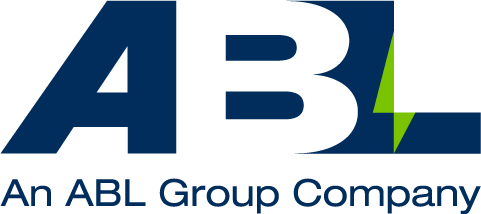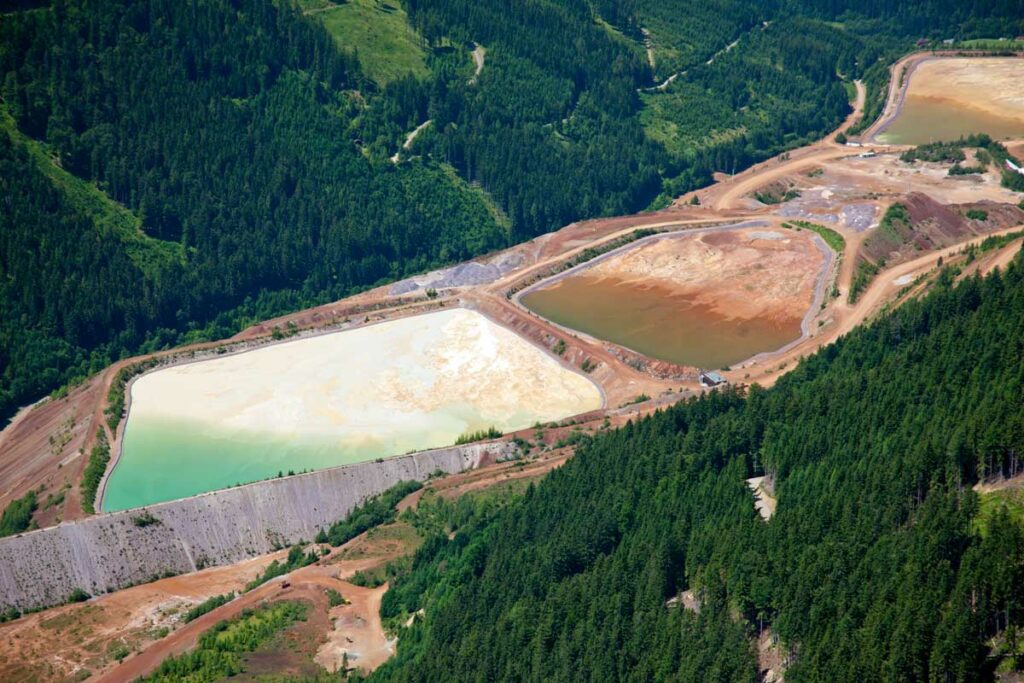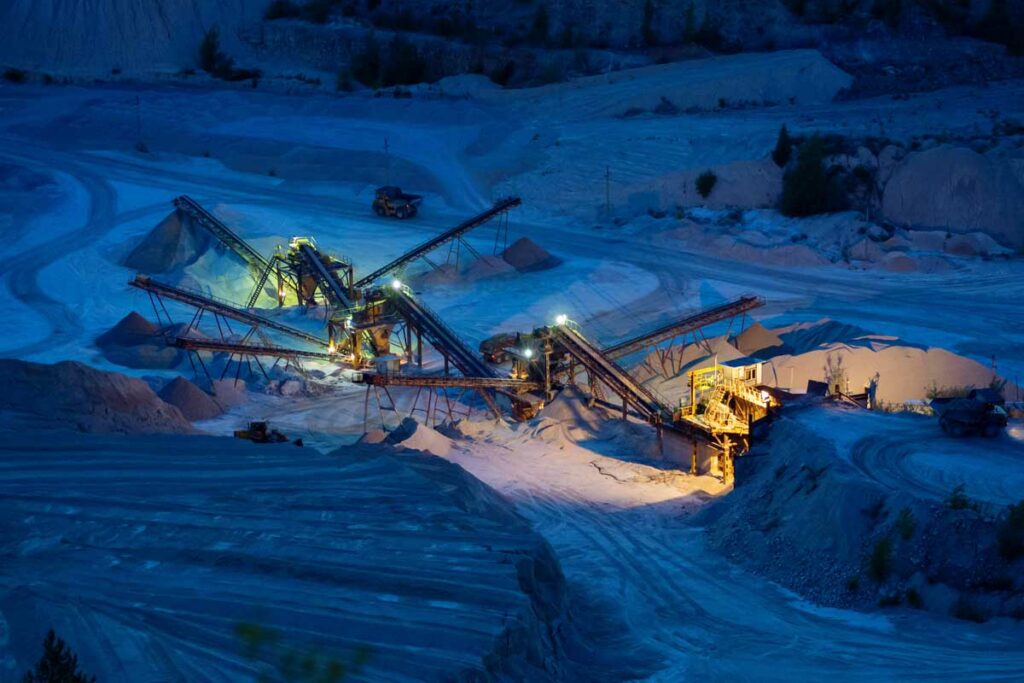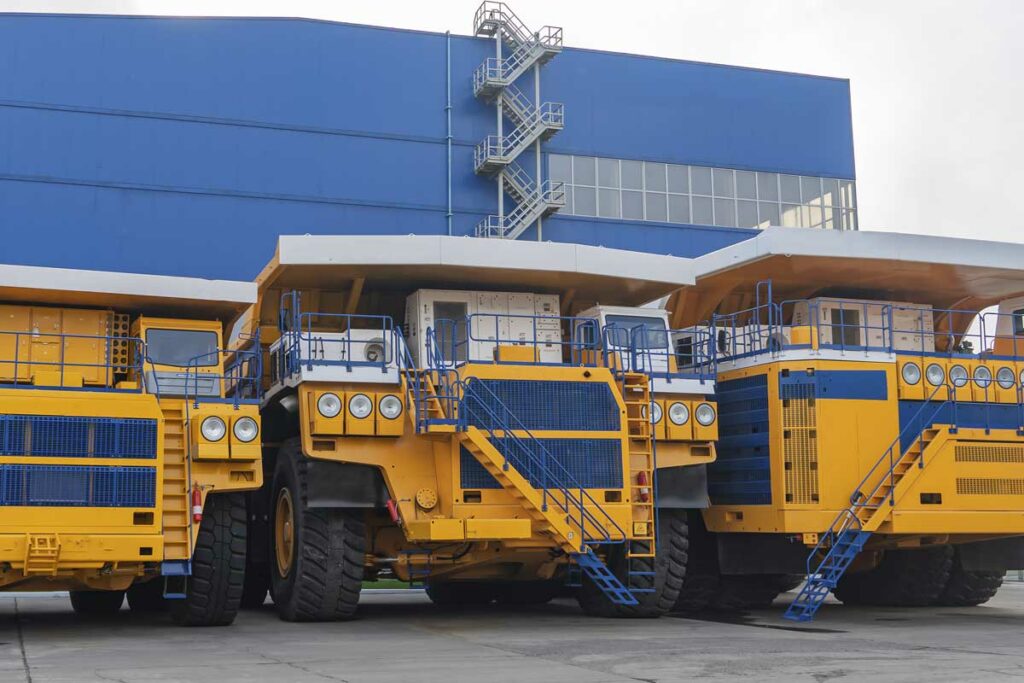Tailings Dam Safety and Sustainability
Our Keelan Mooney writes in a series of blog posts exploring how mining will play its part in the race for a carbon-neutral world. He will look at how mining is changing and the challenges for both the mining sector and the insurance world. In this seventh chapter, Keelan will explore tailings dam safety and sustainability.
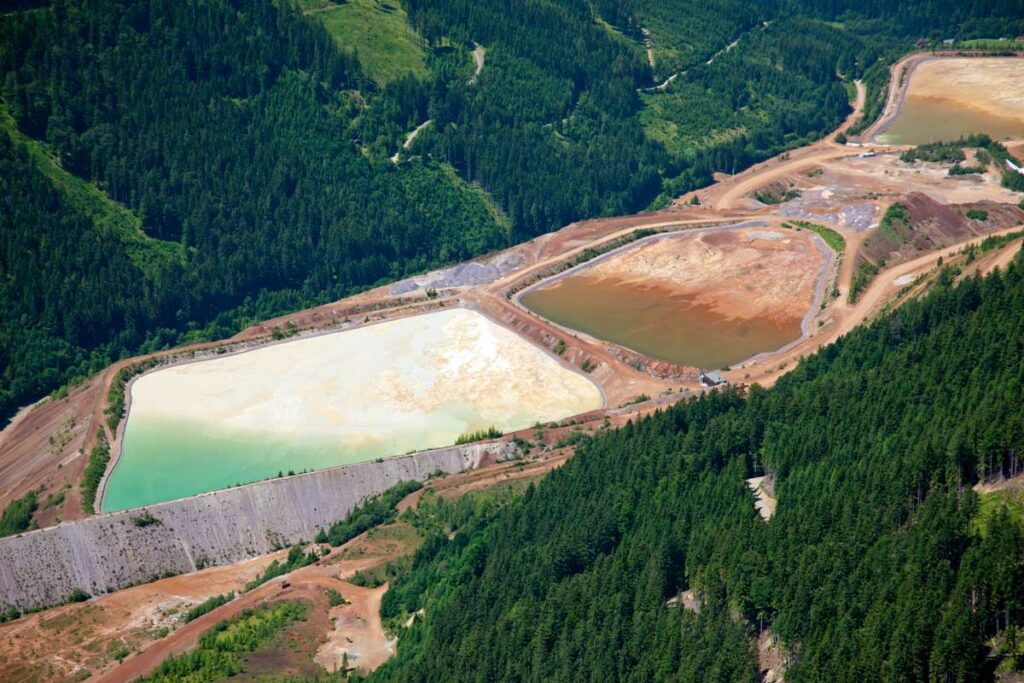
Tailings dam safety and sustainability is a critical component of the mining industry, with the largest mining losses arising from tailings dam failures, not forgetting the environmental impact itself.
New industry standards and guidelines have recently been implemented to reduce and eliminate risks associated with tailings dams. Additional to the newly released standards, advanced technologies have been implemented to help reduce the associated risks by providing warnings prior to incidents and allowing continuous monitoring.
With advancements and the implementation of tools such as ground-penetrating radar, LiDAR, seismic sensors, aerial surveillance, and real-time instrument monitoring, there is a real potential to reduce the risk associated with tailings dams. Crucially, however good these tools are, human interaction will still be needed to monitor and assess the construction of the dams, complete in-person surveys although at a reduced capacity, and correctly interpret what instrumentation cannot read or might miss in unique situations.
Outside of technical advancements, the design of the dams is being closely addressed. Design to closure is an important part of the industry now, and progress is being made to reduce liquid components such as water content in dams for better techniques such as dry stacking where possible.
A cultural shift has begun in the mining community, and the transition of the industry to a more conscious environmental mind shift will continue to strengthen, which will reduce risk to the environment, society, and stakeholders and increase the sustainability of tailings dams.
With changes to existing tailings dams, insurers would have to be aware of how they may be exposed to new risks from changes in the designs and construction methods, for example, a shift from upstream to centerline, how the cost of the construction increases, and that in the event of an incident during construction coverage is adequate.

Keelan Mooney, EIT | Loss Adjuster
If you enjoyed this article and want to keep up to date with future chapters, please submit your email address below.
[mc4wp_form id=”20520″]
Please note: Submitting your email address subscribes you to this blog series only. You can unsubscribe at any time via the link in the email.
